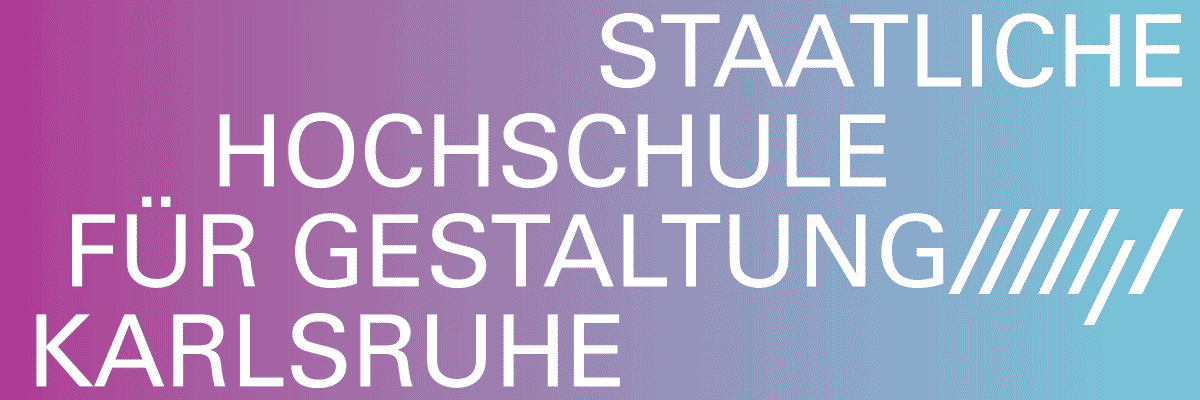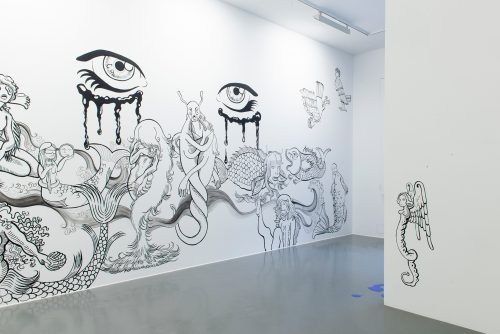
MARTA RAVASI
BUCCE

Marta Ravasi, Limoni 15 x 18 cm 2023
Advertisement

Marta Ravasi, Fiore Giallo Fiore Viola 24 x 20 cm 2023

Marta Ravasi, Violette 20 x 24 cm 2023

Marta Ravasi, Bouquet 29 x 36 cm 2023

Marta Ravasi, Meloni Piccolo 11 x 13 cm

Marta Ravasi, Frutta 21 x 26cm 2022

Marta Ravasi, Bucce 21 x 26 cm 2023

Marta Ravasi, Giglio Orizzontale 20 x 24cm 2023

Marta Ravasi, Giglio Verticale 24 x 20 cm 2023

Marta Ravasi, Giglio Verticale II 24 x 20 cm 2023

Marta Ravasi, Gelsomino B/W 20 x 24cm 2023

Marta Ravasi, Due 11 x 13cm

installation view

installation view

installation view

installation view

installation view

installation view

installation view

installation view
To write about Marta Ravasi's work, we must take into consideration that writing is also an aesthetic tool
of expression. This must be considered because accompanying an exhibition of Marta with a text that
speaks of the images that the public eye sees composed on her canvases, one runs the risk of disturbing
the pictorial balance of the paintings. Having written this, I already realize that I have invented an
expression that I'm not sure is right to use in the texts of the exhibitions. By pictorial balance however, I
don't mean the way in which oil paint with a higher fat percentage fits perfectly with portions of the picture
where the color is thinner. Although this aspect is interesting, I promised myself not to dwell too much on
the technical aspects of our painting. In this case and as usually happens, I think it is important to know
just a couple of technical information about painting: in addition to what I have already written, someone
might find it interesting that Marta buys tubes of Rembrandt oil paints wherever, I think in the most
comfortable fine arts shop to reach from her studio, and she prints and frames her canvases by herself.
In this way, I hope that during the inauguration of her exhibition at Acappella in Naples, whoever read
this text won't bother her by trying to find out what kind of brushes Marta uses, since she doesn't give a
damn about this.
A more satisfying way of constructing in words the impression that Marta's paintings leave on me is to
have an approach that she used to write herself the text of her exhibition at the Fanta gallery in Milan, a
sort of text/poetry from the content that barely touches the elements and objects that help the artist to
paint. Then as now, those elements are subjects of photographs that Marta finds online, prints them and
accumulates them in a box that she keeps in her studio and which with a few drops of colour, with the
trace left by the dirty hand or more generally with the slight carelessness in handling them, maybe they
wrinkle a little and become beautiful. You see, we painters like these minimal things because we know
that in a certain sense, we are forced to settle for considering, exploring and developing only very few of
the infinite aspects of painting at a time. With a text/poem I would not be forced to say superficially that
Martha's are still-lifes that are more evanescent and delicate than the classic ones, and that by observing
those objects we are never able to have a "direct" perception of them because the human gaze implies
a precise perspective, and therefore, what we call vision is always a dimension of blurring, the restitution
of a body that is partly real and partly imagined. In my opinion, all of Marta's paintings are arranged
alongside her emotions and thus proceed together. In the same way, I would like to organize the words I
have written so far in a space so as to create other images, in a sort of visual text, in a small work to be
placed next to Marta's paintings. This could be a satisfying way to say a little more about her work.
- Alessandro Carano
ALESSANDRO CARANO




